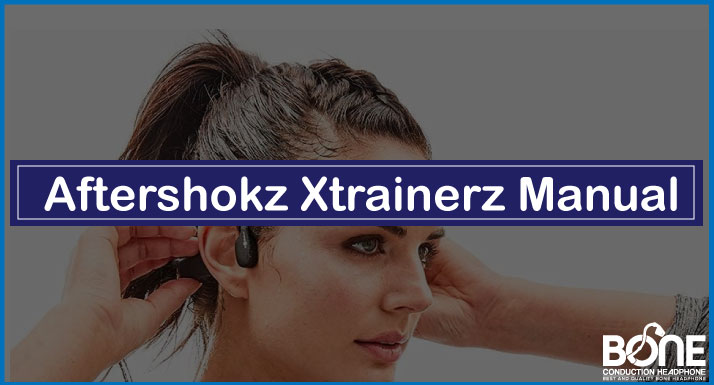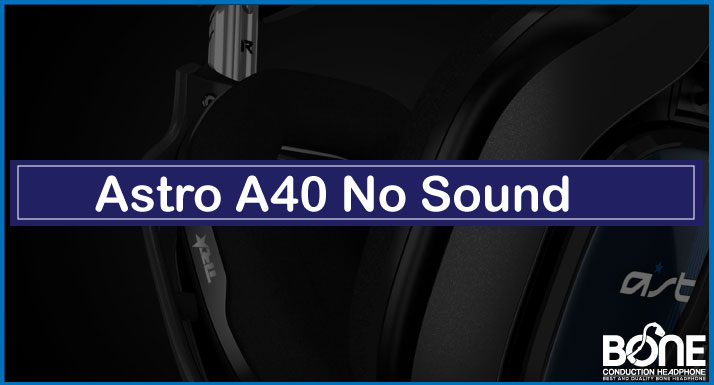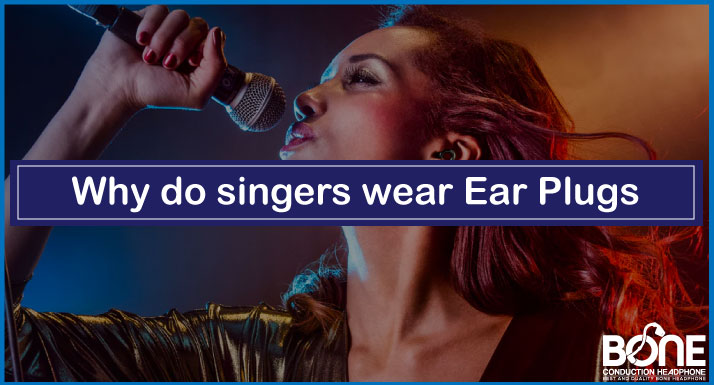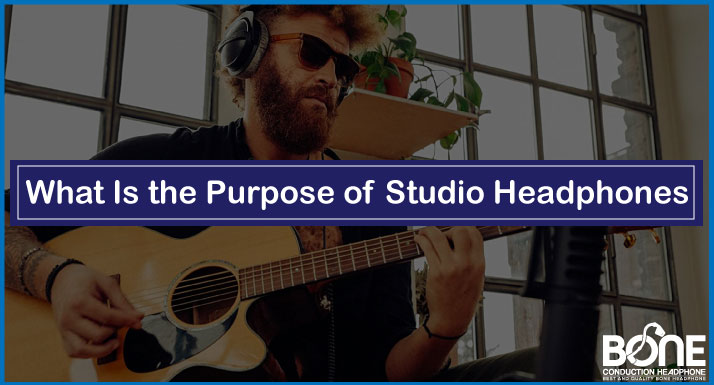Buying a decent studio headphone is a difficult task. So I’ve created this article to teach you how to pick studio headphones. Some studio equipment is ubiquitous in both methods, whether you run a home studio or a professional one. One of them is headphones.
But when you press enter after typing studio headphones, you get stuck. There are several models and varieties to select from. These Google results will only confuse you if you have no prior understanding on how to pick studio headphones.
Did you know that headphones are the most often used component of audio recording equipment? And, of course, more common equipment implies more online confusion. So, to avoid you from that type of uncertainty, I’ve written this article.
This guide will provide you with 9 short tips for selecting studio headphones. After reading this article, you should be able to make an informed decision on which headphone is most suited to your needs. So, let us get started.
How to Choose Studio Headphones?
Here are the 9 tips that helps you to choose studio headphones
- Accuracy
- Durability
- Connections
- Comfort
- Isolation
- Type of Operation
- The Need of Headphone Amps
- Open-back, Closed-back or Semi-open
- Low-Cost Vs High-Cost Headphones
Accuracy
Whether you mix using closed-back, open-back, or semi-open headphones, or with monitors, the end aim is a professional mix. And precision is essential for success in a mix.
Your mix quality is determined by two factors: your expertise and your gear. A professional mix cannot be achieved without the use of equipment that gives correct frequencies. Regardless of your ability level.
So, while selecting headphones for audio mixing or mastering, consider how flat the frequency spectrum is provided by the headphones. As flat as your frequency spectrum is, as good as your mix.
Durability
Nobody likes worn-out equipment. You spend your money on those large gears. If the equipment is not long-lasting and durable, you may lose both your money and your mind.
I have two suggestions for you on this issue.
- Select a better brand.
- Always choose for tried-and-true headphones rather than newly released models (read customer reviews on shopping sites)
Related Post: Do Studio Headphones have Surround Sound
Connections
Is your audio interface 1/4′′ or 1/8′′ phono?
Do you wish to listen to music through your headphones inside the voice booth?
These are some of the items to think about in this section.
Let’s look at it more.
Durability: I’d want to bring up durability once again. Check if the joints around the connection and the headset are sturdy enough to absorb shocks. A phone receiver-style wire is recommended for increased wire endurance.
Type of Connector: Headphones often have two connection types. 1/4′′ and 1/8′′ phono inputs. Most audio interfaces and headphone amps have 1/4′′ connections, so make sure you obtain one or the 1/8′′ to 1/4′′ adaptor with the headphone.
Length of wire: If you want to use your headphones outside of your mixing station, wire length is critical. However, extension cables can be used in vocal rooms. However, ensure that the length of your headphone cable is sufficient for the majority of tasks in your studio.
You should read my full article on selecting studio monitor cables to understand more about the connection and wire kinds.
Comfort
You spend hours in your studio. Right? I just guessed it, but it’s often correct. A professional music producer must spend a significant amount of time in front of a mixing console and a monitor.
As a result, comfort is just as crucial as other factors. You cannot handle the production workflow if you are not comfortable sitting for an extended period of time.
And, in the case of headphones, it’s critical that you select one that is comfortable, otherwise you may have weariness and discomfort throughout a lengthy session.
In extended periods, avoid using closed-back headphones. Take pauses between sessions if you’re using closed-back headphones.
Isolation
The most significant consideration when selecting studio headphones is isolation. Another key factor to consider when purchasing your studio headphones is isolation. Studio headphones are often isolated with foam on the driver.
This foam protects the headphone sound from ambient noise and prevents the sound from seeping outside.
Isolation is essential in recording studios. A properly-isolated headphone prevents click tracks from seeping outside and being captured by microphones, as well as stopping ambient noise from distracting the musician or performer.
Because open-back headphones only function in one direction, preventing ambient noise from entering the headphone enclosure, they are ideal for mixing.
Isolation happens in two ways with closed-back headphones. This implies that neither sound from the headphones nor outside noise enters the headphones. So, while purchasing headphones, take in mind that they should be adequately isolated.
Type of Operation
The most critical step is to identify your work. Some of us are mixing engineers who just mix projects, some are music producers who also mix, and yet others are all-rounder’s (Vocalist, Musician, music producer, mixing engineer).
The Need of Headphone Amps
In general, no. Since your audio interface or mixer has an amplifier for one or two headphone outputs.
However, if you own more than one headphone (and your audio interface does not provide more than one headphone out), you must install headphone amplifiers in your studio.
Open-back, Closed-back or Semi-open
However, there are many different types of headphones, but when it comes to studio headphones, we have three options.
- Semi-open headphone
- Closed back headphone
- Open Back headphone
Let us learn more about what they are and how they are employed.
Semi-open headphone
Semi-open headphones are my preferred style. The benefit of this sort of headphone is that it can be used for both mixing and monitoring.
This style of headset is slightly open from the back to discharge excess sound pressure, yet it is less loud than open-back headphones.
This factor allows it my first option over the others. Whether you’re recording vocals or mixing projects, this style of headset is excellent for both.
The advantage is that you do not have to buy different headphones for each use. You may save money by buying these headphones.
Closed back headphone
In contrast to open-back headphones, the enclosure of closed-back headphones is closed. These headphones are used for monitoring, particularly vocal monitoring by the performer.
The major benefit of these sorts of headphones is that they block out more outside noise than open-back headphones.
Condenser microphones, which are particularly sensitive and quickly pick up the sound produced by open-back headphones, are used in voice rooms. Closed back headphones are therefore perfect for vocal spaces.
However, because of internal reflections, exact frequencies are not obtained. So, “according to some music specialists,” closed-back is not best for mixing.
This is somewhat correct, but as I mentioned above, there are many other factors that influence headphone sound, so it’s not entirely accurate that closed-backs aren’t optimal for mixing.
Even so, I selected Roland’s RH200 headphones for mixing purposes for a long period in my early career and feel they produced decent results.
Open Back headphone
The backside of open-back headphones is completely open. This construction facilitates the discharge of sound pressure created within the headphone enclosure.
Those headphones are designed for mixing. The open backs allow the sound pressure generated inside the enclosure to escape, resulting in no internal reflection. As a consequence, you obtain more precise frequencies than with other types of headphones.
Low-Cost Vs High-Cost Headphones
Many of us begin our first studio in our bedrooms. And don’t have enough money to buy the expensive equipment. Even if we do, we do not want to put money into a new business.
There are several low-cost studio headphones available on the market for getting a flawless mix or monitoring.
However, this does not imply that expensive headphones are worthless. Manufacturers produce expensive headphones because they have an X-factor that low-cost headphones do not.
Whether to buy cheap or expensive studio headphones is entirely up to you. However, before engaging in low-cost or pricey disputes, do your homework by researching sites or reading consumer evaluations on buying websites.
Related Post: How Do Studio Headphones Work
Conclusion
So, you’ve just read 9 fast suggestions for selecting studio headphones. I believe this post has answered most of your questions.
It is now time to select your headphones. Here are some of my favorites. Examine them out.


![How to Pair Beats Solo 3 to Android [Step-by-Step Guide]](https://www.boneheadphonesera.com/wp-content/uploads/2022/05/How-to-Pair-Beats-Solo-3-to-Android.jpg)


